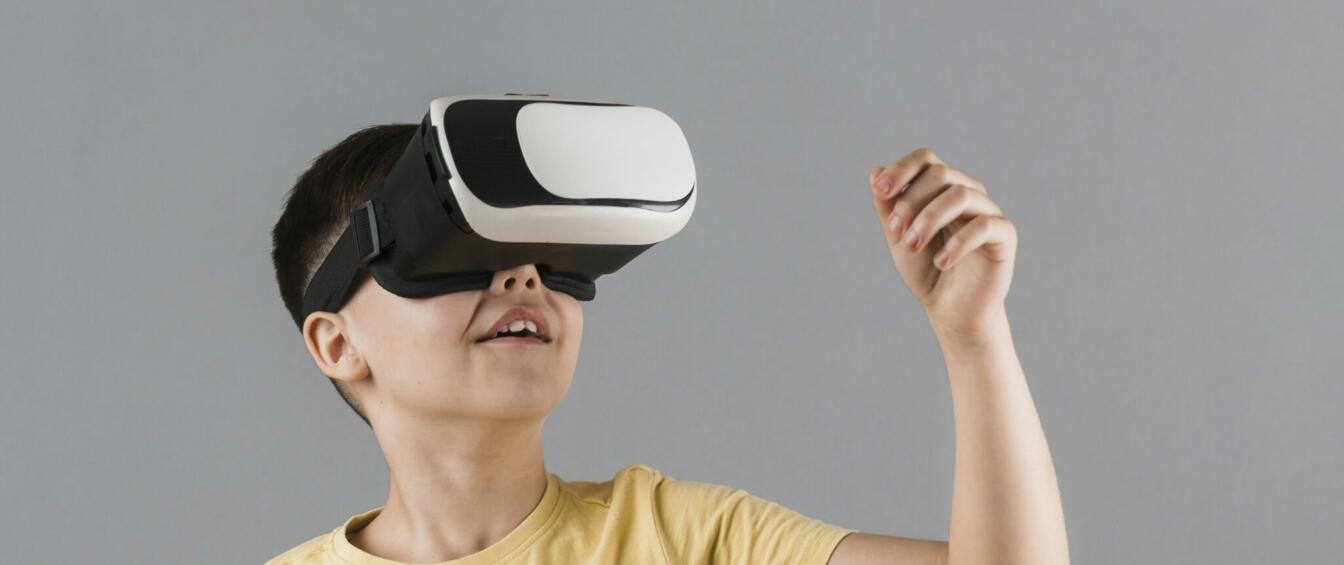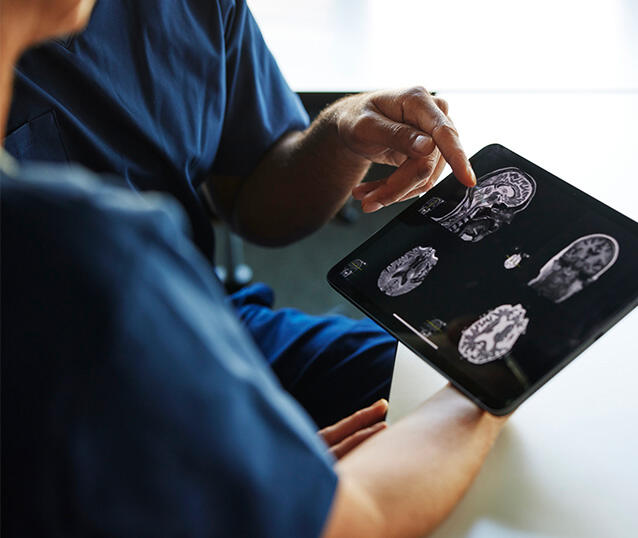Getting injections or having blood samples taken is something that many children, and even some adults, dread. Needle anxiety can lead to worry and distress, making medical visits stressful for both child and healthcare staff. A new VR solution is currently being tested in Halland to distract needle-anxious children and make the experience less unpleasant—perhaps even enjoyable.
For many children, injections and blood tests are among the worst things they can imagine. Needle anxiety can cause significant distress, but if the child has the opportunity to focus on something else, it can make a big difference. Last year, Leap for Life tested this hypothesis together with the Danish company Khora Virtual Reality, the pediatric clinics in Halmstad and Varberg, and the surgical and intensive care unit at Halland Hospital.
Following a completed competence panel, the pediatric clinic in Halmstad had the opportunity to borrow VR headsets for a period to test Khora’s solution, and the results were positive. It turned out that the children became less anxious, had a better healthcare experience, and in some cases, even needed less pain relief during the procedure. In the long run, the technology could mean that fewer children need to be restrained during blood sampling and that the use of nitrous oxide can be reduced.
VR Technology Tested in Halland’s Primary Care
The method, which is already in use at Rigshospitalet in Denmark, has now become a reality in Halland. To see how VR works in primary care, the project has purchased eight VR sets for five different healthcare centers in Halland, as well as for the pediatric clinics in Halmstad, Varberg, and Kungsbacka for further testing.
– At Leap for Life, we work to find new innovative solutions that can improve and develop healthcare and welfare services. VR technology is an excellent example of how we can use digital tools to make healthcare more flexible. Being able to test this in real healthcare environments is an important step towards implementing the technology of the future in today’s healthcare, says Peter Uppman, innovation leader at Leap for Life.
International Collaboration Driving Innovation
The VR initiative is part of CareWare Nordic 2, an EU project aimed at strengthening collaboration between businesses, public organizations, academia, and civil society. The goal is to develop joint solutions that can be implemented in welfare services. VR technology for needle anxiety is a great example of how digital innovations can make a big difference in healthcare. Both Leap for Life and Region Halland are partners in the project.
– This project demonstrates how collaboration between countries and organizations can create real change. Through CareWare Nordic 2, we have had the opportunity to test innovative solutions in both Sweden and Denmark, and we see that VR technology has great potential to improve healthcare on both sides of the Öresund. Collaborations like this are crucial for driving development forward, concludes Peter Uppman.
Children in Halland who feel nervous about injections can now immerse themselves in a VR world while the nurse does their job – and both staff and children think it works really well.
More information
Read more about CareWare Nordic 2
Watch SVT’s news feature about th VR solution at Getinge health centre (SV)

